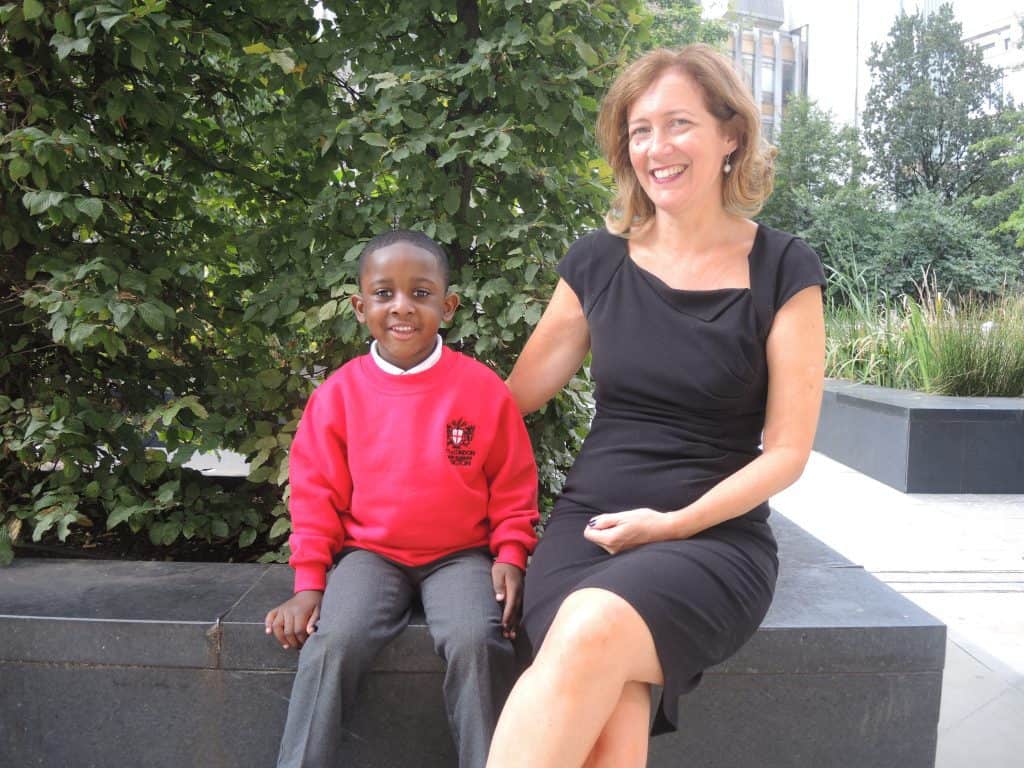The City’s new primary school moved a step closer to securing its permanent home next to the Golden Lane Estate on Thursday night, with Islington councillors voting unanimously in favour of the scheme despite more than 130 objections.
Around 80 locals turned out to hear the planning committee’s verdict on a joint proposal between Islington Council and the City Corporation to build a 14-storey social housing block and 420-pupil primary school on the site of the former Richard Cloudesley School north-east of the Grade-II listed estate.
The crowd was split between Golden Lane Estate residents who say the scheme is too dense for the site and COLPAI parents and teachers concerned that planning delays could push the project’s time frame beyond the school’s two-year temporary lease at Moreland Primary School in Clerkenwell.
In the end, Islington planners decided the benefits of 66 social housing units and additional school places outweighed the potential harm to the estate’s heritage assets and voted to approve the application.

Speaking in favour of the scheme, councillors highlighted “a pressing need for this kind of vibrant social infrastructure”, particularly for the 18,000 households currently wait-listed for social housing in the borough.
COLPAI headteacher Kim Clapham was visibly relieved, following months of uncertainty over whether they would have to find more temporary accommodation for the current cohort of 41 reception students and next year’s intake after their lease at Moreland is up next June.
João Bravo da Costa, an architect and parent of a child at the school praised praised the “excellent education” the school had delivered so far, and called the proposal “inclusiveness at its best”.
“Fortunately this scheme puts a block of affordable homes right in the school’s catchment area, ensuring that less well-off families will continue to have access to a valuable community asset,” he told the committee. “It should be welcomed and celebrated.”

The proposal will now go to the City of London Corporation’s planning committee as the site falls within both boroughs, although the vast majority is in Islington. City councillors narrowly held onto their planning powers for the application, despite a late push from some on the committee to hand the decision over entirely to Islington.
Architect Charles Humphries, who led the Golden Lane Estate Residents Association’s fight against the plans called Islington’s decision “a complete stitch-up” and said it was based on emotion rather than any consideration of their concerns around loss of light and impact on heritage values.
“The attitude from the outset of the scheme has been ‘don’t rock the boat’,” he said.
He said the local community was broadly in favour of more social housing and a new school for the area, but that, “it’s hard to imagine a scheme for the site that could have had a worse impact or broken more planning policies.”
Mr Humphries has developed two alternative schemes made up of low-rise buildings, which he says would be compliant with local planning policy, cheaper to build, and, in one case, increase the number of social housing flats by 15%.
Greens candidate for the Bunhill Ward Sebastian Sandys said the council had failed to stand up for local residents.
“Serious flaws in the proposal were not deemed serious enough to warrant it being deferred, and the fact that the council has ignored a community led proposal that would increase social housing provision on the site is inexplicable,” he said.
The City Corporation will deliberate the application on 26 March.







